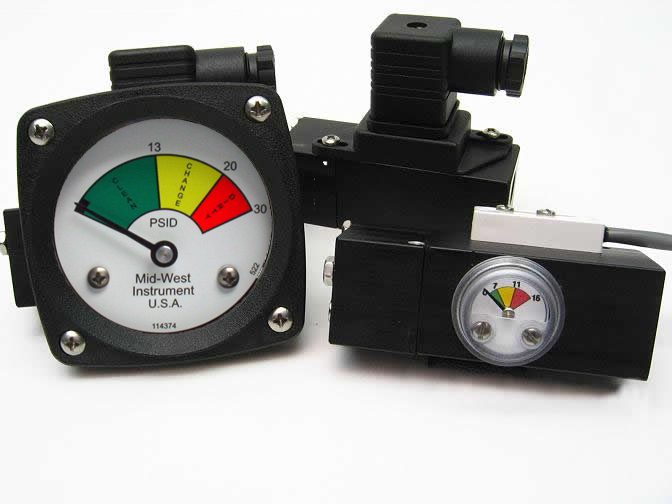
Irrigation filter clogs in the Midwest can significantly compromise system performance. This in turn leads to considerable impacts on labor and finances in order to correct issues and re-establish normal levels of production. Mid-West Instrument can help you understand the potential causes of irrigation filter clogging in order to take preventative measures.
Main Causes of Clogging in Irrigation Systems
There are three main categories of clogging in irrigation systems: physical, biological, and chemical. Let’s take a closer look at each.
Physical Causes
Sand particles, suspended solids, and other naturally formed detritus that are too large to pass through irrigation filters are the most common physical cause of clogging. Interestingly, silt and clay particles are not a common cause of clogging unless they clump together and form larger masses. Depending on your location, this could be a rare occurrence.
Biological Causes
Individual algae cells and bacteria are too small to clog emitters. However, irrigation systems and their associated filters provide a favorable environment for the formation of biological aggregates such as bacterial slime, which can be a direct cause of clogging. It can also cause physical particles to stick together and form aggregates large enough to clog filters.
The chances of clogging related to algae and bacteria increase when A) water with high biological activity is used for irrigation, and B) when iron, manganese, and sulfide are present in the water.
Along with algae and bacteria, surface water used for irrigation might also contain larger biological organisms like snails, plants, and moss. These are yet another source of filter clogging.
Chemical Causes
Mineral precipitation and sedimentation from water sources with high mineral content (hard water) create suspended solids that could clog irrigation filters. This precipitation/sedimentation most often occurs when mineral solubility is low and factors such as water temperature, pH level, and mineral concentration in the water are favorable. The most common elements that cause this type of clogging are calcium, magnesium, iron, and manganese – with calcium carbonate being the most common precipitate. Water with a high concentration of any of these elements has a high potential for producing irrigation filter-clogging particles.
Another potential cause of filter clogging is the addition of fertilizer(s) to source water, a process known as ‘fertigation’. Chemical interactions between the fertilizer and hard water can increase the occurrence of mineral precipitation, and thus clogs.
Clogging Prevention Solutions
When considering clogging prevention solutions for an irrigation system, the following factors should be considered:
- Operating conditions
- Water source and quality
- Clogging factors in the water
- Filter characteristics, such as the opening size
- Preventative maintenance.
Since these factors vary considerably from site to site and region to region, there is no ‘magic formula’ that covers all conditions. Instead, consider that an effective irrigation system design that prevents clogging should include a particular focus on the following:
- Filtration
- Filter gauge / filter monitor
- Chemical treatment (chlorination and/or acid injection)
- Flushing allowances for irrigation lines
Prevent Irrigation Filter Clogs Today
Preventing irrigation filter clogs is essential for ensuring consistent production quantity and quality and reaping maximum benefit from your irrigation system investment. Knowing when to change the filter will prevent costly downtime. Contact Mid-West Instrument to learn which filter gauge is best for your application.
Mid-West Instrument
Since 1958, Mid-West Instrument has been a leading global manufacturer of differential pressure gauges, transmitters, and switches. Our company is family owned and operated from our facility located in Sterling Heights, MI.

